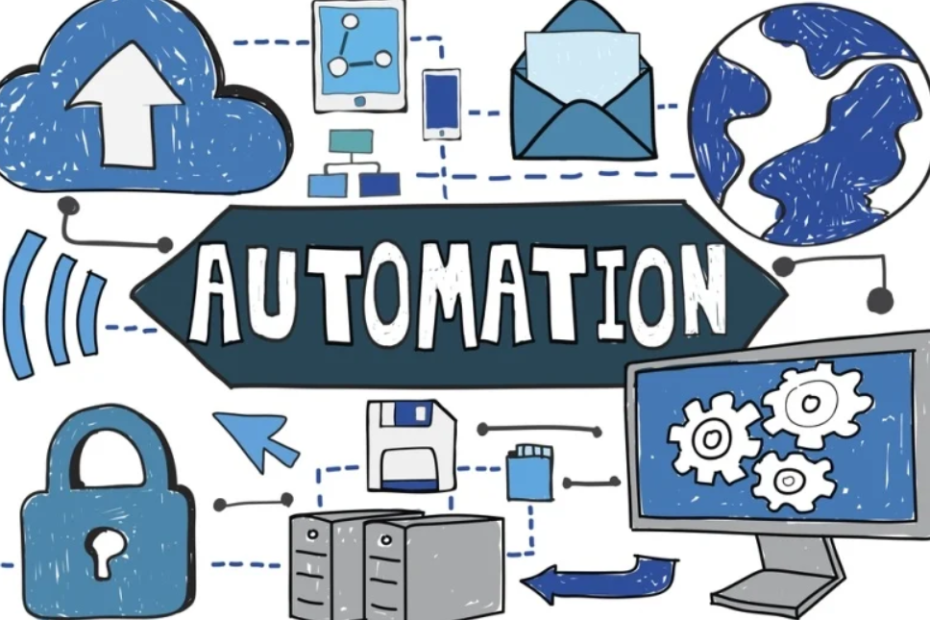Introduction:
Organizations encounter a variety of risks in the dynamic business environment that may have a big impact on their development and success. Effective risk management is essential for preserving resilience and guaranteeing continuity. Risk assessments have typically been laborious, manual processes that are prone to human error and use inconsistent approaches. The growth of automation, however, has given organizations a potent tool to expedite risk assessments, making them more precise and effective than ever. This article examines the important part automation plays in risk assessments and the benefits it offers businesses.
Advantages of Automation in Risk Assessments:
1. Time Management
Saving time and resources is among the most important benefits of automation in risk assessments. A substantial amount of data must be collected and analyzed as part of manual risk assessments, which can be time-consuming. Automation makes it possible to automate data gathering and analysis, greatly cutting down on the time needed to complete risk assessments. Organizations can make prompt decisions and prepare for potential risks thanks to this time efficiency.
2. Accuracy of Data:
Human error is a possibility in manual risk assessments, which can produce inaccurate outcomes and poor risk identification. Automation removes human involvement from data processing, lowering the possibility of mistakes. Automated systems adhere to predetermined rules and algorithms, guaranteeing reliable and consistent risk assessments. Organizations are now able to make informed decisions based on accurate data thanks to improved data accuracy.
3. Regularity and Standardization Behavior:
The risk assessment process is standardized and made consistent through automation. It might be difficult to compare outcomes across teams or time periods because manual evaluations frequently use diverse procedures, scoring systems, and risk factors. Organizations can design uniform frameworks for risk assessment using automation, and these frameworks can then be applied consistently across the entire organization. This consistency makes sure that when it comes to risk appraisal and response, all stakeholders are on the same page.
4. Continuous monitoring in real time:
Traditional risk assessments capture risks in static pictures at a certain point in time. However, the business environment is dynamic, and threats may shift swiftly. Automation enables real-time risk monitoring and continual risk assessment in response to new information and changes. Real-time monitoring allows firms to identify new risks before they have an impact on the company, allowing for swift risk mitigation steps.

Techniques and Tools for Automated Risk Assessments:
1. Risk Scoring Algorithms:
Not all risks lend themselves to automation. Organizations should assess which risks are most likely to benefit from automation and direct their efforts appropriately. High-frequency, data-driven risks are frequently the easiest to automate.
2. Data Integration:
Data from diverse sources, including as internal databases, external market data, and historical records, may be seamlessly integrated through automation. Integrating disparate data sources gives a holistic perspective of risks, allowing firms to undertake more effective risk assessments.
3. Machine Learning:
In automated risk evaluations, machine learning algorithms are essential. These algorithms may examine historical risk data to find trends, correlations, and patterns. In addition, machine learning can forecast prospective risks based on historical events, assisting companies in taking preventative action to reduce risks before they manifest.

Best Practices for Implementing Automation:
1. Identifying Appropriate Risks:
Automation is not compatible with all risks. Organizations should determine which risks are most amenable to automation and then concentrate their efforts on those areas. Risks that are driven by data and occur frequently can be automated the easiest.
2. Data Security and Privacy:
Automating risk assessments requires handling private and sensitive information. Businesses must put a high priority on data security and privacy, enforcing strong encryption and access controls to safeguard the data.
3. Employee Training and Adoption:
The use of automated technologies successfully by employees participating in risk assessment procedures must be taught. Employees who have received the necessary training are able to understand and use the outcomes of automation to make wise judgments.
Conclusion:
Risk assessments have been altered by automation, giving firms a potent tool for speeding the procedure and making better judgments. Firms are able to deal with risks proactively and maintain their resilience in the face of uncertainty because to time efficiency, data accuracy, consistency, and real-time monitoring. By following best practices and utilizing automation, businesses may adopt a more effective and efficient risk management strategy, paving the path for long-term growth and success.

